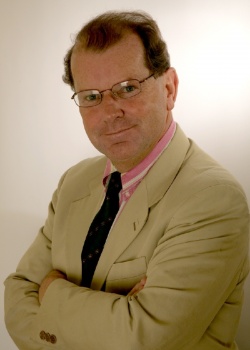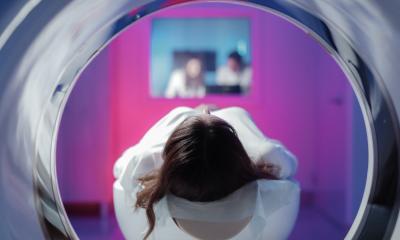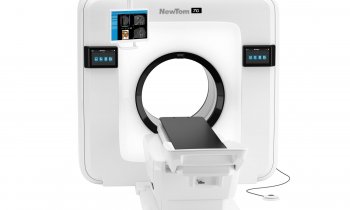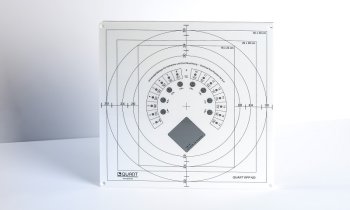Radiology and the Law
The threat of litigation is becoming an increasing area of concern in radiology circles. The changing role of the radiologist with a growing workload and more information now available in imaging examinations, have combined with an expectation of greater accuracy from patients to raise the threat of radiologists being sued. This threat has reached such a level that for the first time, radiology and the law was being presented as a session at the European Congress of Radiology 2010 in Vienna at the beginning of March.

Chaired by Consultant Radiologist Dr Eamann Breatnach (Mater Misericordaiae University Hospital, Dublin), the Radiology and the Law session featured contributions from eminent speakers such as Professor Leonard Berlin (Rush University Medical College, Chicago) who will examine ‘Radiologic communications: pitfalls and dilemmas’, and lawyer Dr Günther Loibner (Vienna) who will proved a legal perspective on medical negligence.
Consultant radiologist Dr Richard FitzGerald (Royal Wolverhampton Hospitals NHS Trust, England) will discuss ‘What the practitioner should know to avoid being sued’ and what to do if they are.
Dr Breatnach, who is also chairman of the education committee of the European Society of Radiology, said litigation against radiologists is spreading ‘from West to East’, from its roots in the USA, then crossing to Ireland and the UK and now being more common in other areas of Europe. ‘The aim of this ECR session is to bring the issue more to the fore and by virtue of being more aware of the issues of litigation, radiologists can adjust their work habits accordingly.’
Dr Breatnach, who is also chairman of the education committee of the European Society of Radiology, said litigation against radiologists is spreading ‘from West to East’, from its roots in the USA, then crossing to Ireland and the UK and now being more common in other areas of Europe. ‘The aim of this ECR session is to bring the issue more to the fore and by virtue of being more aware of the issues of litigation, radiologists can adjust their work habits accordingly.’
There are a number of reasons behind the rise in cases, he said. ‘Patient expectation is that mistakes are never made now and that the results of image investigation are going to be 100% correct. Another factor responsible for increasing litigation is that radiologists are doing a lot more clinical work; radiology is now a full clinical specialty.’
He also believes that the profession itself has played a part in ‘over-promoting the accuracy of modern radiologic technology’.
Key to countering the threat of litigation is for radiologists to improve their communication with both patients and fellow clinicians, particularly over abnormal results and life-threatening situations. ‘It’s the responsibility of the radiologist to ensure that his or her communication of abnormal results is both very efficient to other physicians but also sensitive in their methods of communicating bad results to patients.’
Technology has also meant that much more information is now obtained through a scan on images. ‘If you have a fourth generation CT scanner with 64-slice technology, there is going to be more information on that scan than in a plain radiology first generation scan. That increases the potential of a “miss”,’ he pointed out.
Much of the radiologists’ reporting is also written down, leaving them vulnerable to review and retrospective blame.
07.03.2010











